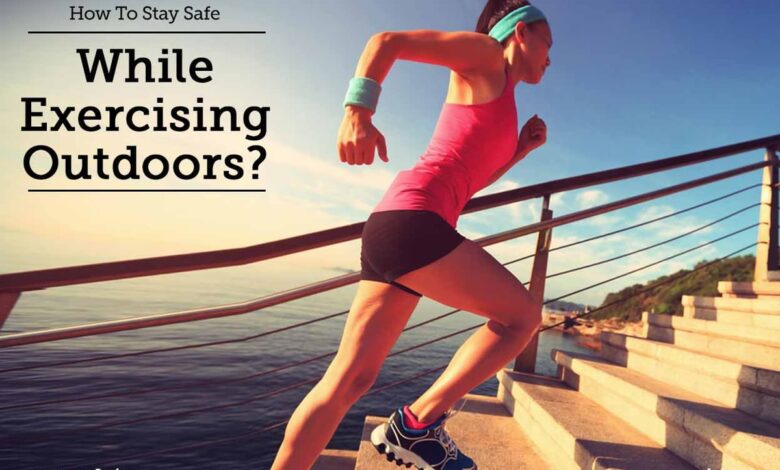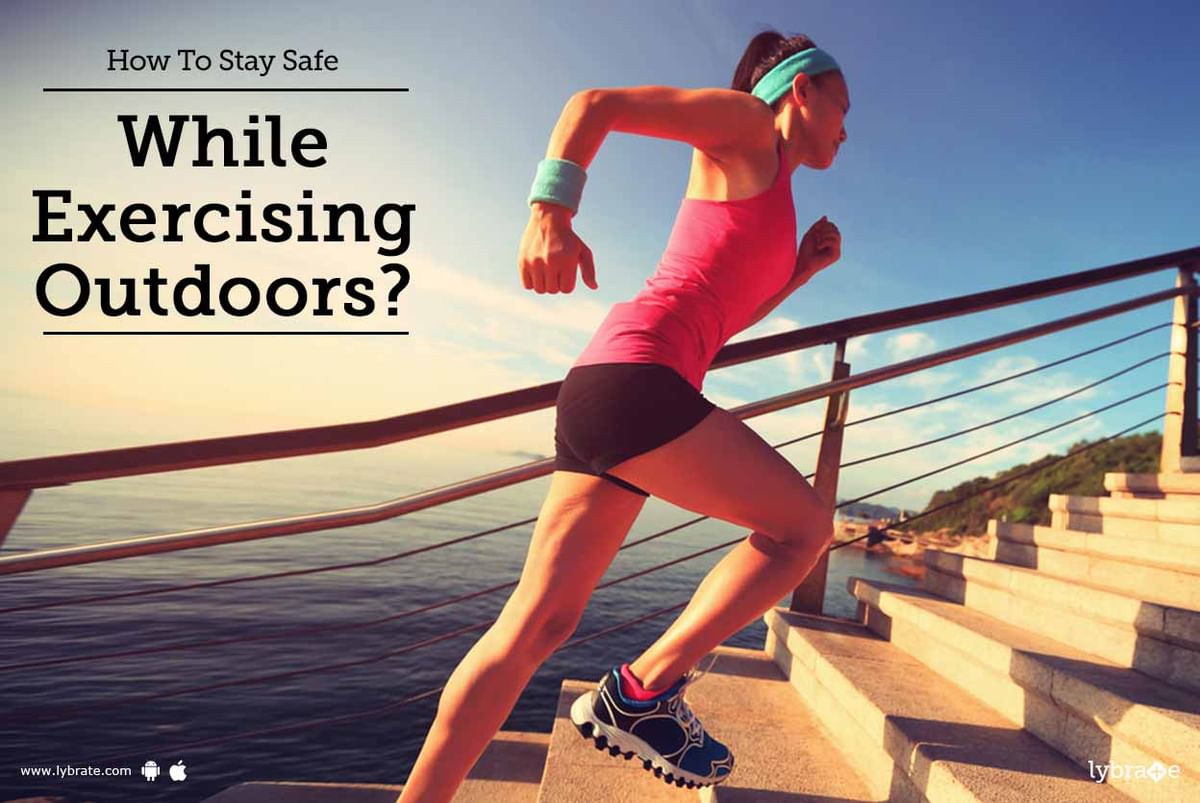
How To Do Outdoor Workouts Safely Right Now
How to do outdoor workouts safely right now is a question on everyone’s mind. With the world slowly opening up, we’re all eager to get back to our favorite activities, and for many of us, that means hitting the trails, parks, or even our own backyards for a workout.
But before you lace up your sneakers and head outside, it’s important to remember that exercising outdoors comes with its own set of challenges and risks. That’s why it’s crucial to take the necessary precautions to ensure your safety and enjoy your workouts to the fullest.
This guide will cover everything you need to know about how to do outdoor workouts safely right now, from assessing your environment and preparing your body to choosing the right workout and staying hydrated. We’ll also discuss the importance of being aware of your surroundings, listening to your body, and taking the necessary steps to recover properly.
Choosing the Right Workout
Choosing the right workout is crucial for a safe and enjoyable outdoor exercise experience. It’s essential to select activities that align with your fitness level, preventing injuries and maximizing your workout benefits.
Getting your workout in outdoors is a great way to boost your mood and get some fresh air, but remember to stay hydrated and wear sunscreen! And while you’re focusing on your fitness, you might be wondering if meal timing matters for weight loss.
Turns out, it can, and there’s some interesting research on does meal timing matter for losing weight. So, if you’re looking to maximize your results, consider how you time your meals along with your outdoor workouts!
Beginner Workouts
Beginner workouts should focus on building a foundation of fitness and gradually increasing intensity. Here’s an example of a beginner-friendly routine:
- Warm-up:5 minutes of light cardio, like jogging in place or jumping jacks.
- Bodyweight exercises:10-12 repetitions of squats, lunges, push-ups (modified if needed), and planks (hold for 30 seconds).
- Cardio:10 minutes of brisk walking or jogging.
- Cool-down:5 minutes of stretching.
Intermediate Workouts
Intermediate workouts introduce more challenging exercises and increase the duration and intensity. Here’s a sample intermediate routine:
- Warm-up:5 minutes of dynamic stretching, such as arm circles and leg swings.
- Strength training:3 sets of 10-12 repetitions of exercises like burpees, mountain climbers, and jump squats.
- Cardio:20 minutes of running or cycling.
- Cool-down:5 minutes of static stretching.
Advanced Workouts
Advanced workouts involve high-intensity exercises and longer durations. Here’s an example of an advanced routine:
- Warm-up:10 minutes of dynamic stretching and light cardio.
- Circuit training:3 rounds of 10-15 repetitions of exercises like box jumps, pull-ups, and kettlebell swings.
- Cardio:30 minutes of interval training, alternating between high-intensity bursts and recovery periods.
- Cool-down:10 minutes of stretching and foam rolling.
Modifying Workouts, How to do outdoor workouts safely right now
You can modify workouts to make them easier or more challenging by adjusting the intensity, duration, and type of exercise.
Getting outside for exercise is a great way to boost your mood and improve your fitness, but it’s important to stay safe. Make sure you’re wearing appropriate clothing and footwear, and be mindful of your surroundings. If you’re feeling stressed and finding yourself reaching for unhealthy snacks, try incorporating some mindfulness techniques into your routine.
Check out this helpful article on 7 ways to stop stress eating for some tips. Once you’ve got a handle on your stress eating, you’ll be better equipped to focus on your outdoor workouts and enjoy the benefits of fresh air and exercise.
- To make a workout easier:Reduce the number of repetitions, sets, or the duration of the workout. Choose easier variations of exercises. For example, instead of push-ups, do wall push-ups.
- To make a workout harder:Increase the number of repetitions, sets, or the duration of the workout. Choose more challenging variations of exercises. For example, instead of squats, try jump squats.
Adjusting Workouts for Weather Conditions
Weather can significantly impact your workout. It’s essential to adjust your routine accordingly.
Staying safe while working out outdoors is essential, especially now. It’s all about being aware of your surroundings and taking precautions. And, of course, nothing gets you pumped up like a great playlist! Workout music says it’s time to get moving, and with the right tunes, you’ll be feeling motivated and energized in no time.
So, grab your headphones, choose your favorite workout playlist, and get ready to conquer your outdoor fitness goals!
- Hot weather:Stay hydrated by drinking plenty of water before, during, and after your workout. Wear lightweight, breathable clothing. Avoid exercising during the hottest part of the day. Choose shaded areas or indoor options if possible.
- Cold weather:Dress in layers to stay warm. Wear a hat, gloves, and scarf to protect your extremities. Avoid exercising in extreme cold or wind. Consider indoor options if necessary.
- Rainy weather:Choose activities that can be done in the rain, such as walking, running, or cycling. Wear appropriate clothing and footwear. Be aware of slippery surfaces.
Staying Hydrated and Fueled: How To Do Outdoor Workouts Safely Right Now
Staying hydrated and fueled is crucial for safe and effective outdoor workouts. Your body needs adequate fluids and energy to perform at its best and recover properly.
Hydration
Drinking enough water is essential for maintaining body temperature, lubricating joints, and transporting nutrients. When you sweat during exercise, you lose fluids, and if you don’t replenish them, you can become dehydrated. Dehydration can lead to fatigue, dizziness, cramps, and even heat exhaustion.
Here are some tips for staying hydrated during your outdoor workouts:
- Carry a water bottle with you and sip on it regularly throughout your workout, even if you don’t feel thirsty.
- Drink water before, during, and after your workout.
- Choose a water bottle that is easy to carry and refill.
- Consider using a hydration pack if you are doing longer workouts.
- Avoid sugary drinks, as they can dehydrate you.
Fueling Your Body
Eating the right foods before and after your workouts will provide your body with the energy it needs to perform well and recover properly. Here are some ideas for healthy snacks and meals to eat before and after your outdoor workouts:
- Before your workout:A small snack, such as a banana, a handful of almonds, or a piece of fruit, can provide your body with energy.
- After your workout:A meal or snack that contains protein and carbohydrates will help your muscles recover and rebuild. Examples include a smoothie with protein powder and fruit, a turkey sandwich on whole-grain bread, or a Greek yogurt with granola.
Final Summary

Outdoor workouts offer a fantastic way to get exercise, enjoy fresh air, and connect with nature. By following the tips and guidelines Artikeld in this guide, you can ensure your safety and maximize your enjoyment of outdoor workouts. Remember, it’s always a good idea to consult with your doctor or a qualified healthcare professional before starting any new exercise program, especially if you have any underlying health conditions.
Now go out there, get some fresh air, and have a safe and fulfilling workout!






